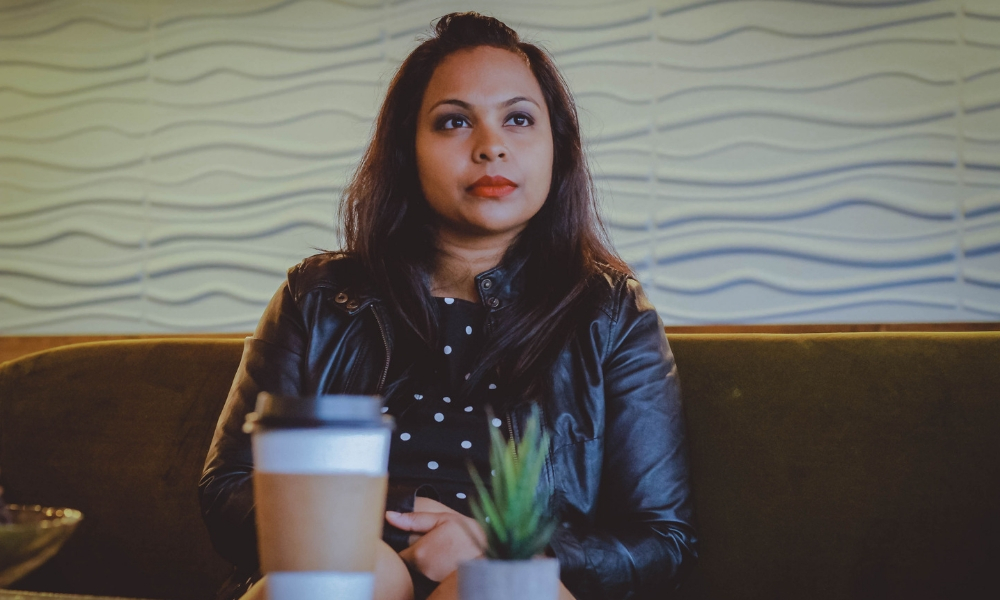
Authored by certified transformational life coach Shanita Liu, the “Dear Shanita” advice column fields your questions and struggles related to self-care and offers compassionate, keep-it-real advice so that you can ditch your depleted state and move into excellence.
Have a question for Shanita? Write in to possibly have your question answered in a future column.
Dear Shanita,
I’m the friend everyone always comes to — the one that listens and gives love freely, but I have a really hard time asking for help.
It’s one thing to say “Ask for help,” but it’s another to be able to do it. I don’t feel resentful that others may not help me because I’m aware that I don’t let anyone know when I need help. I also know that my friends would absolutely help me if I asked, so why do I have such a hard time asking?
– Friend everyone always comes to
[Read Related: If Your To-Do List is Becoming a Source of Stress Then it’s Time for Some Self-Care]
Dear Friend everyone always comes to,
Let me first start by acknowledging that if you’re the kind of friend you say you are, then you got some AWESOME karma coming your way! It takes A LOT of heart and compassion to be there for others. Those friends of yours are definitely blessed to get so much love from you.
However, the “really hard time” you’re having doesn’t sound good, and I totally get it. When I was little, I was taught to “mind your business” and “do it yourself,” which made it even harder to reach out to others. Can you relate to any of these mindsets:
- I feel guilty about asking anyone for anything.
- I feel ashamed that I have to turn to someone else.
- I don’t want to bother anyone…They’re busy too.
- I’m used to taking care of things on my own.
If one or more of these resonate with you, then I want you to take a nice deep breath and try asking yourself these questions:
“What’s making it so hard for me to ask for the help I need?”
[Read Related: Dear Shanita Answers ‘Putting me First’: When you Should hit the Brakes]
Give yourself a minute to really let your answers bubble to the surface — as cheesy as this sounds, the answers are always inside of you! Then, once you hear your inner voice admitting what’s really going on, I want you to write down each reason on a post-it and stick them somewhere that you can see. Take a look at each reason and then ask yourself:
Are these reasons solid enough for me to hold back on asking for the help I truly want and need?
Think about what you deserve — not just as a friend, but as a worthy human being. If you can show up for others, others can certainly show up for you.
Once you realize that those reasons you made up no longer serve you (and your greatness), then tear up those post-its and toss them into the trash. My hope is that this interactive exercise of ripping up the rubbish will help you free yourself from those limiting mindsets. Plus, you’re too dope to do this thing called life alone.
– Shanita




